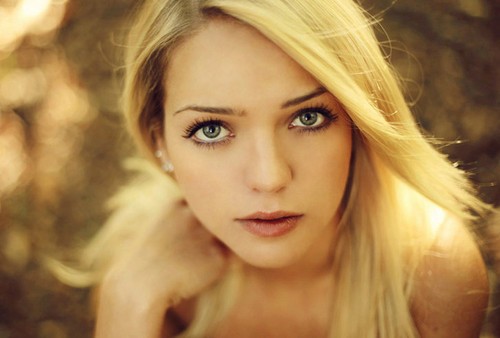Table of Contents
1. What is an Iterior Scene?
(1) Interior scene
Interior scenes have two meanings. In a broad sense, interior scenes refer to the sets set up in the studio (including the “exterior scenes” set up in the studio), which generally refer to film shooting.
In a narrow sense, there are two kinds of interior scenes. One refers to the indoor scenes built in the studio, such as courtyards, houses, indoor buildings, and spaces. Usually built according to the design drawings.
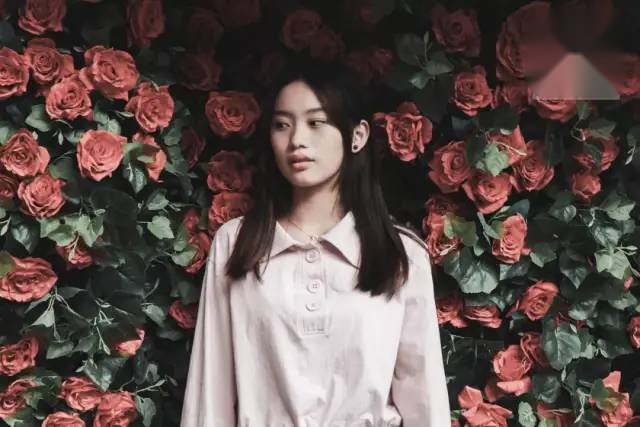
The other refers to the indoor shooting of real scenes, such as actual scenes such as offices, classrooms, and living rooms.
(2) Favorable conditions of interior scenery
- Not affected by natural conditions such as seasons and weather.
General wedding photo studios will be equipped with air conditioners, and the indoor temperature can be adjusted freely. Brides take wedding photos indoors without being affected by the temperature, even if they wear a wedding dress in winter, it is not a problem.
- The layout of the scene has a certain degree of freedom and flexibility.
During the shooting process, the scene style can be determined according to the subject of the shooting. For example, if you focus on cute pet series, you can prepare small animals such as cats and dogs. If you focus on retro series, you can also use old European elements in the nineteenth century to reflect the sense of age.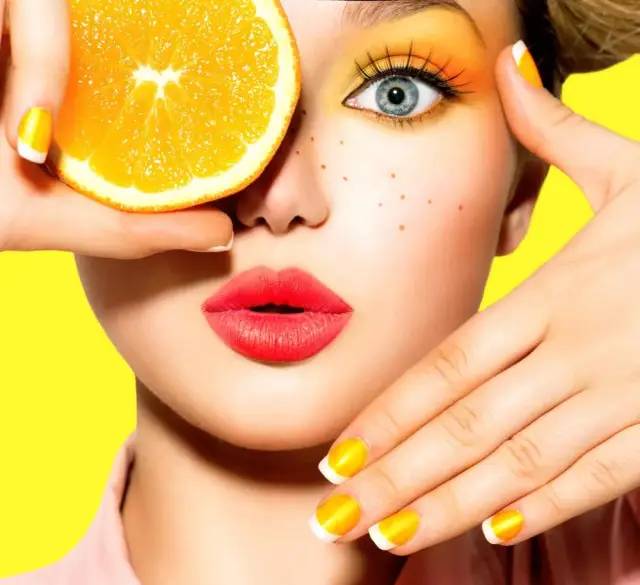
(3) Disadvantages of interior scenery
The layout cost is high and the cost is high. For example, for large-scale buildings used for film and television construction, ancient architectural arrangements cost more.
Secondly, the collocation of some scenes is mostly fake and not fresh. For example, some indoor decorations, such as flowers and bamboo, have heavy traces of artificial processing and are not fresh.
2. Indoor Space Photography Skills
Our subjects are mainly indoor places, such as companies, hotels, libraries, homes, etc. These are interior scenes that are closely related to our lives.
The following also officially enters our theme: How to take satisfactory photos in indoor space?
(1) Equipment preparation
The first is the arrangement of photographic equipment.
Generally speaking, the light in indoor spaces is mostly dark, and it is impossible to have bright light outside. Choose a camera with a high sensitivity to flexibly grasp the light source.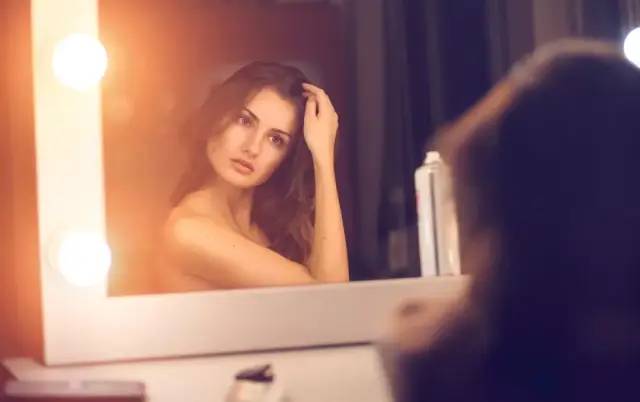
In addition to the fuselage, a tripod and a prime lens are also required. A tripod can give the camera a stable shooting environment. For fixed-focus lenses, you can refer to 20mm, 24mm, and 35mm.
(2) Shooting method
i. Partial close-up
The interior shooting is not completely required to pay attention to the complete image or the square composition. No matter where the space is small or the details are outstanding, you can capture a unique beauty.
The premise of taking these kinds of photos is to be careful. Observing through different perspectives, inspiration will always burst out inadvertently, capturing unexpected surprises. Such as corners, balconies, windowsills, potted plants, etc. are all elements that you can consider.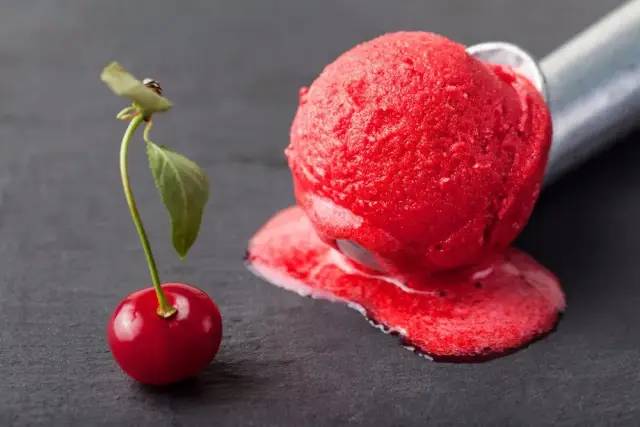
The easiest way to shoot a part is to focus the lens on the subject, highlight the focus of the photography, and at the same time pay attention to the overall composition.
ii. Light flow
Light and shadow are the soul of photography. Relying on the changes of light and shadow in the same interior space, the visual differences presented in the early, middle and late time periods of the day are also very obvious. Therefore, exploring the use of indoor light and shadow is also an important topic for many photography enthusiasts.
For example, on a sunny day, the light is bright and strong, and it is easy to create a strong contrast of light and shadow, and the space has a strong three-dimensional sense. On cloudy days, the light is soft and delicate, the transition between light and dark is soft, and the overall balance is relatively balanced.
If the light contrast is too large, in order to adjust the light and dark contrast, white cloth and reflectors can also be used to balance the light.
iii. Human factors
Indoor shooting subjects are generally still objects, and most of the photos rendered are a visual sense of the environment. According to the difference of interior layout, it shows different styles, or simple and stylish, or spacious and bright.
If people are included in the shooting elements, the atmosphere they create is also very different. The characters become the main body, the background environment becomes a contrast, and the photos will exude different emotional colors due to the performance of the characters. Therefore, when pursuing the diversification of shooting, you might as well include people in the lens, and the content of the expression will be richer and more diverse.
iv. Diagonal composition
Diagonal composition is a common method for photographing architecture. It is also very practical in interior spaces. Find the diagonal position in the frame and place the subject on the diagonal. The proportions of the pictures are coordinated, which not only highlights the protagonist, but also makes the layers more distinct.
Therefore, you can use more diagonal lines when shooting indoors. Finding lines can complete the picture composition faster, and these lines can be selected according to the actual situation, such as stairs, light, corner lines, etc.
(3) 8 precautions for indoor shooting
1. Be sure to use a tripod to shoot still life steadily.
2. The indoor light is dark, and the ISO should be adjusted reasonably.
3. Keep the exposure compensation negative to get more picture details.
4. The shutter speed can be a little slower, a tripod comes in handy. 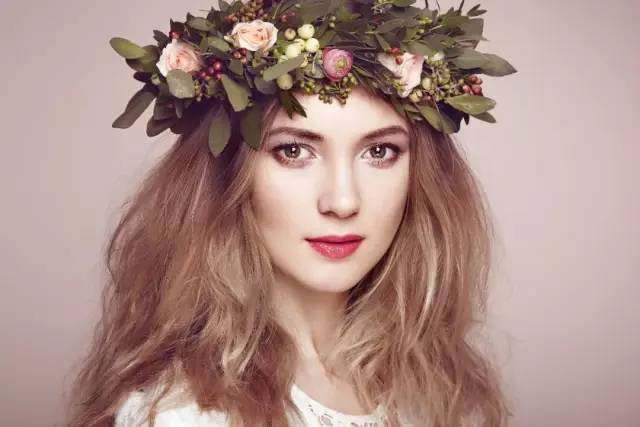
5. The composition of the living room and conference hall is generally centered, symmetrical and wide-angle.
6. The bathroom and bedroom can adopt diagonal composition.
7. The general indoor space shooting pays attention to horizontal and vertical.
8. Occasionally change the angle of view, and shooting through windows and cave doors can add more interest.
